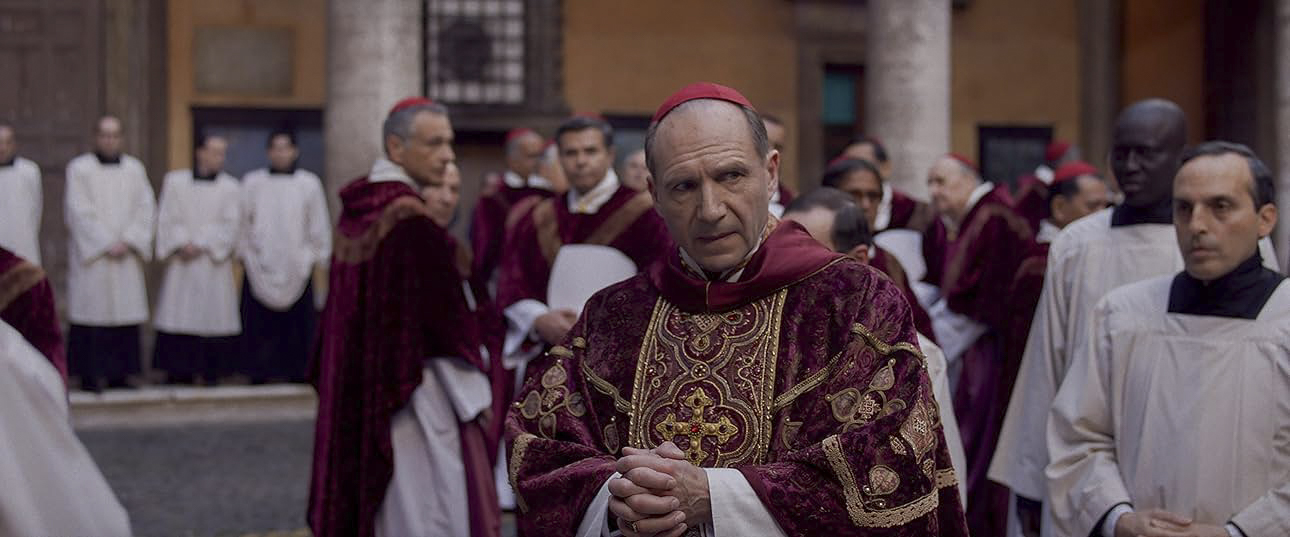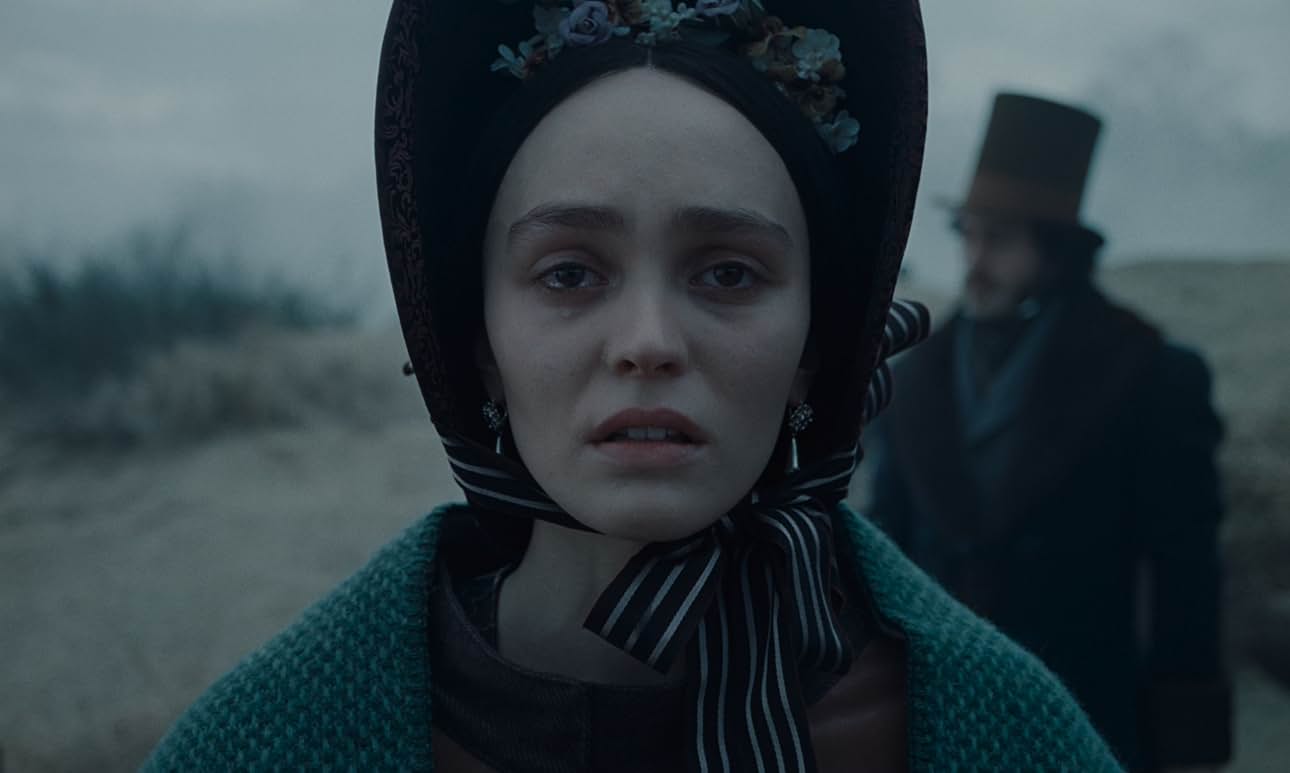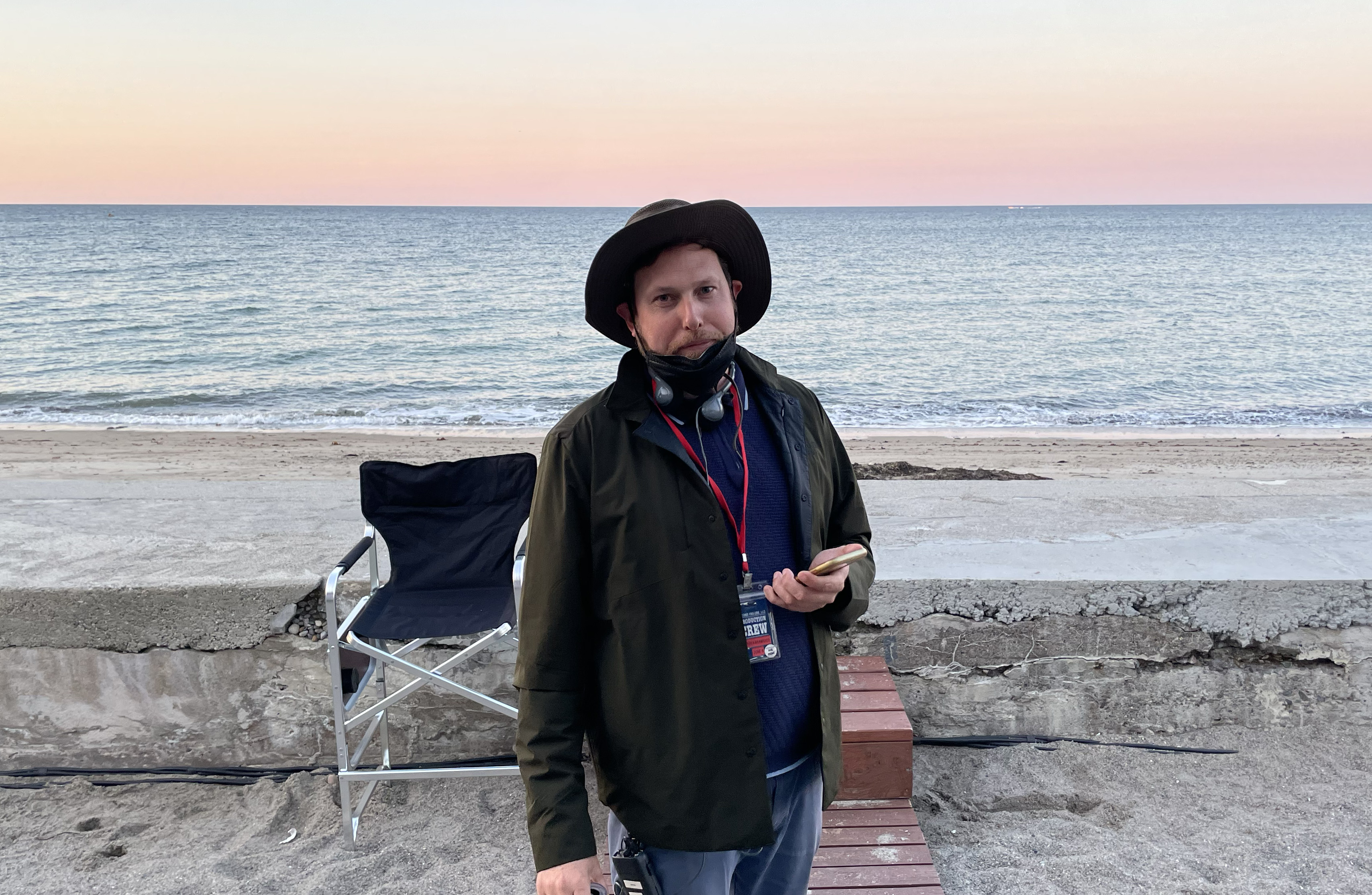Oscars 2025 Q&A: Oscar winner Lol Crawley discusses cinematographic construction of ‘The Brutalist’
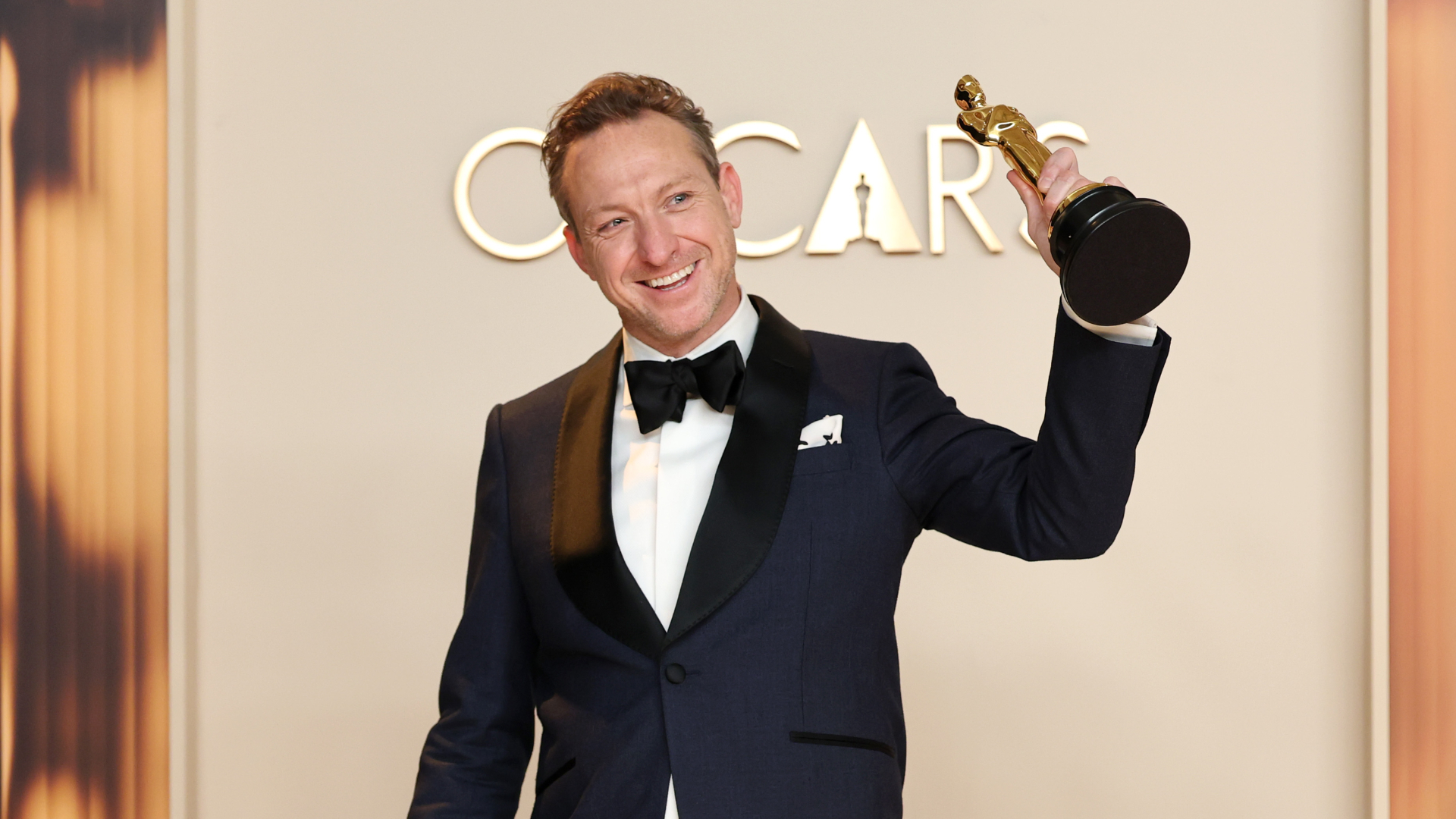
Lol Crawley smiles while holding an Academy Award. On Sunday, he won the Oscar for Best Cinematography for his work on “The Brutalist.” (Courtesy of Getty Images)
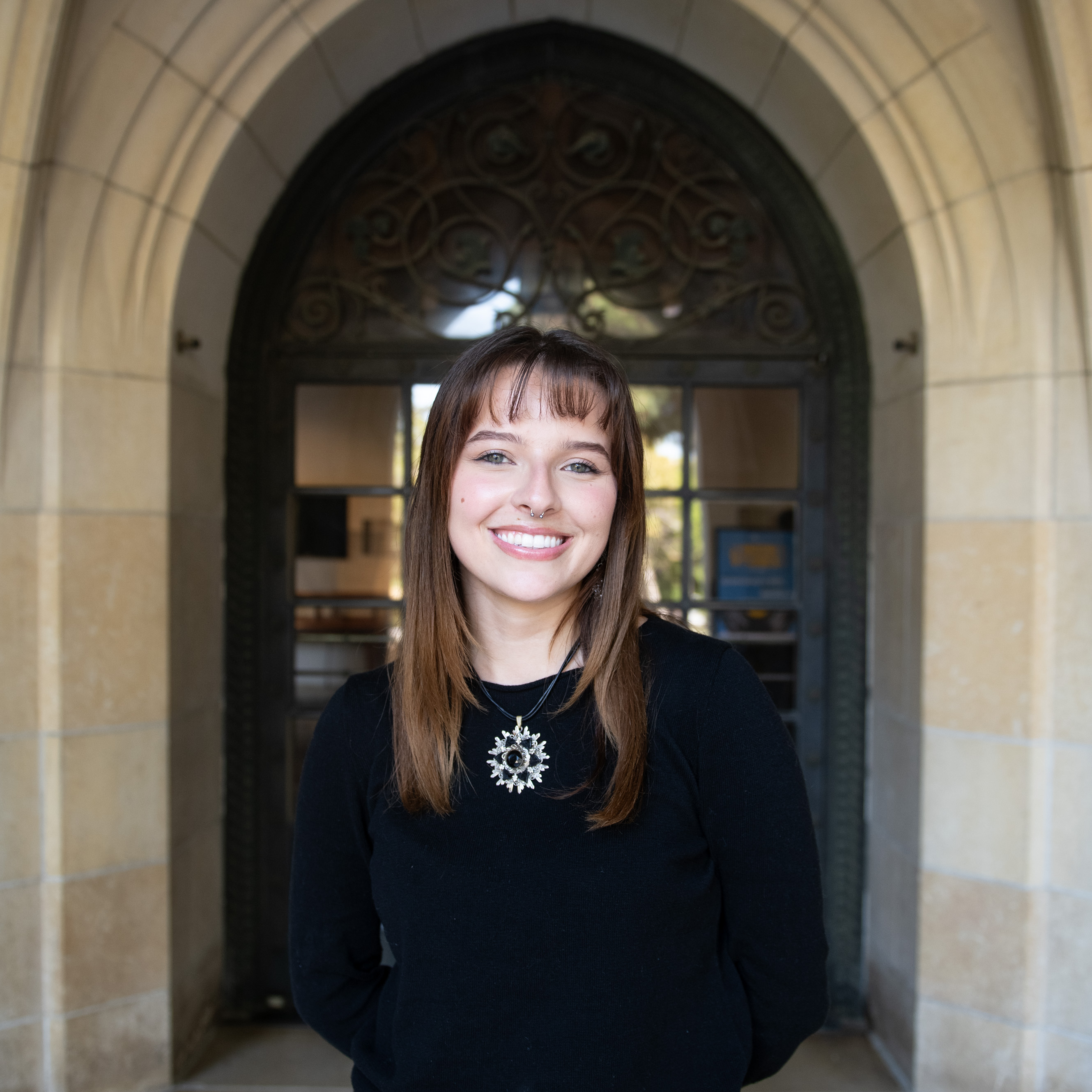
By Natalie Ralston
March 3, 2025 8:54 p.m.
This post was updated March 4 at 8:43 p.m.
Brick by brick, “The Brutalist” cemented its place in cinematic history.
The post-war epic starring two-time Oscar winner Adrien Brody as architectural visionary László Tóth claimed three Academy Awards at Sunday’s 97th annual Oscars ceremony. The sweeping 3 1/2-hour drama, shot almost entirely on celluloid film, demanded meticulous planning and execution – an undertaking masterfully guided by Best Cinematography winner Lol Crawley.
Following his victory, Crawley spoke with the Daily Bruin’s Natalie Ralston and other journalists in the Loews Hollywood Hotel press room about his technical process and artistic approach to cinematography.
This interview has been edited for length and clarity.
[Related: Oscars 2025 Q&A: ‘Nosferatu’ costume designer Linda Muir cuts her fangs with first nomination]
Daily Bruin: The Brutalist is very visually striking, with its use of light and architecture playing a huge role in storytelling. What was your approach to crafting the film’s distinct visual language, and how did you use cinematography to reflect the passage of time?
Lol Crawley: Even though the film takes place from the late 1940s after the Second World War, all the way through to 1980 – admittedly, there’s a big leap to 1980 – but we didn’t approach it with this idea of “This decade is going to look like this.” We wanted a cohesive sense, sort of aesthetic. I suppose the only deviation, really, is that the film ends in 1980 at the Biennale. It’s a comment that Brady (Corbet) is making thematically about progress, or sense of progress. We’ve just seen the beauty of film, the beauty of this division. So for me, I find it very humorous, the end sequence, because it’s clearly not as beautiful as the rest of the film.
This is the third film I’ve shot with Brady, and we’ve always chosen to shoot film. The interesting thing is that all three films – all period films – we’ve chosen to shoot on film, and that’s been our choice. Really, it’s just about the way that we work.
There’s a lot of preparation. On day one, we enter the set very, very prepared, but in many ways, we enter it prepared in terms of the technical. Do we have the steady cam that we spoke about? Do we have the handheld that we spoke about? What I like to do is look at the space and the performance and then figure out, well, what is this scene about? And so it’s a very instinctual thing for Brady and I. It’s like, well, maybe we thought it was four or five shots, but it was another thing. So even though we’re prepared, we’re very alive in the moment. And I hope, and I’m pretty sure, that the movie has a vitality and an energy because of that.
[Related: Oscars 2025 Q&A: Arianne Phillips pieces together Bob Dylan’s costumes in ‘A Complete Unknown’]
British Cinematographer: You talked about taking this static art form of architecture and trying to convey the power and emotion of that to audiences with the fluid art form of cinema. Can you elaborate on that? More about the various techniques and film – the collaborations that you brought to translate that to audiences.
LC: I work with the moving image, so really, the conversations I had with Brady were about how the second half of the film is when the institute becomes manifest. And it’s like, well, what does that feel like to the audience and to someone? Had László Tóth existed, had he built these incredible buildings in the Brutalist architectural style – how would that have felt? So a lot of it was obviously about choice of focal length, was about the height of the camera, was about movement, was about speed of traveling through these spaces.
The best thing about film is that audiences can interpret it in their own way. That was really how we discussed architecture, and Judy (Becker) really ran with it. And for me, it was really about, how do I interpret that as a cinematographer?


